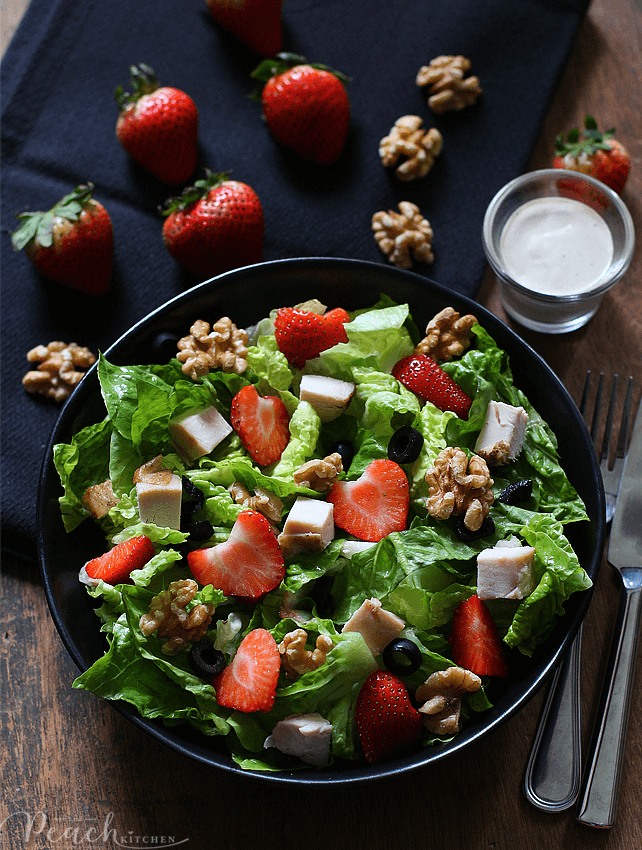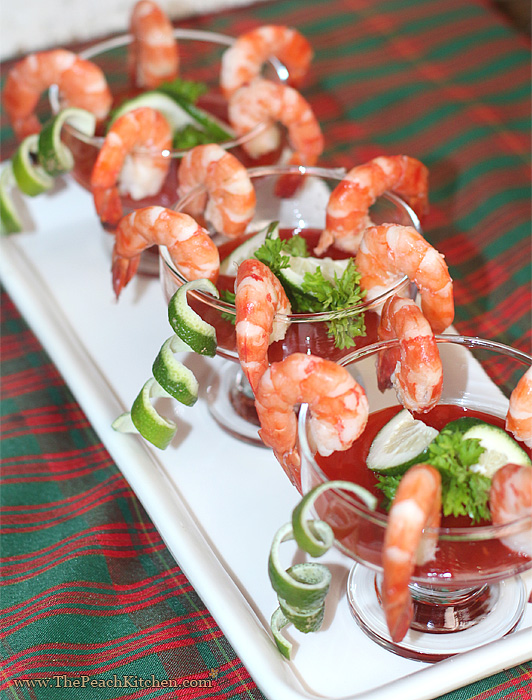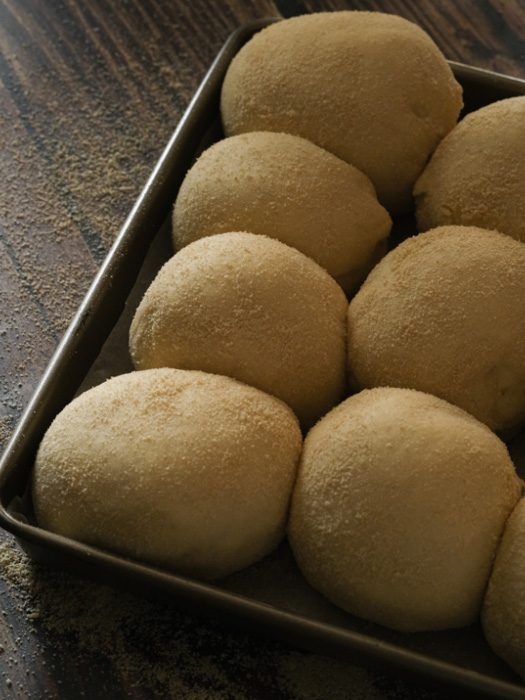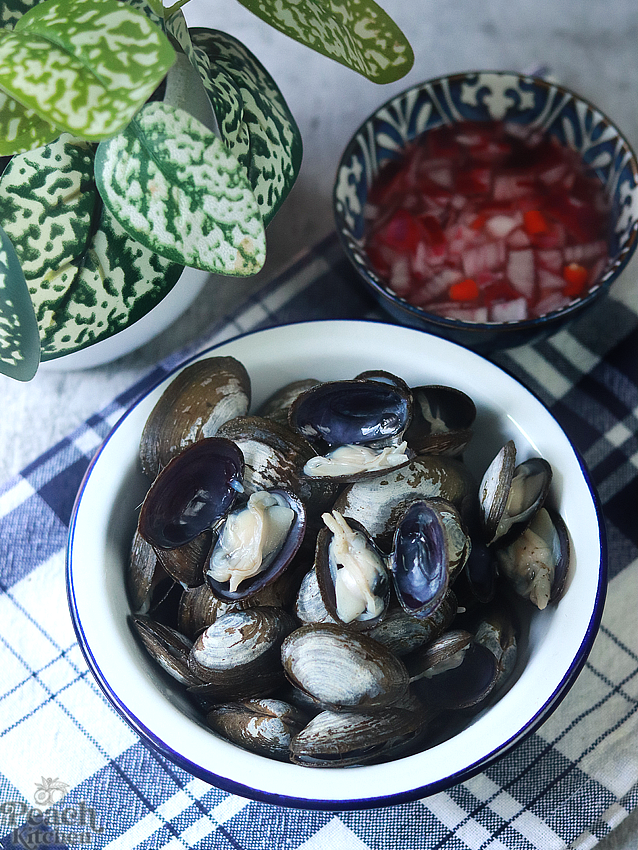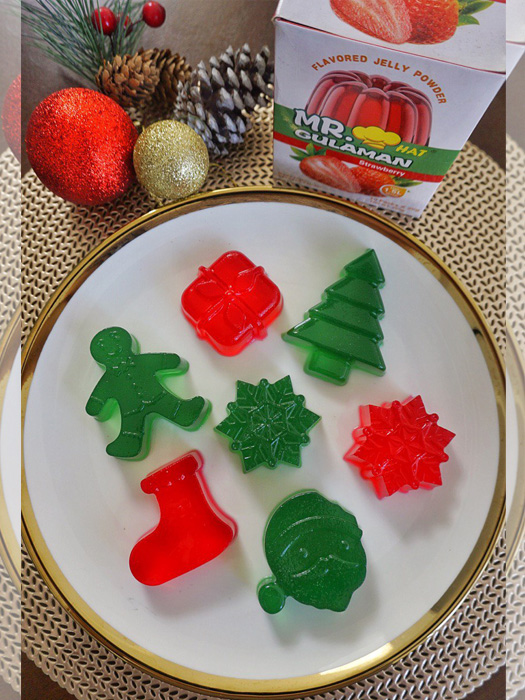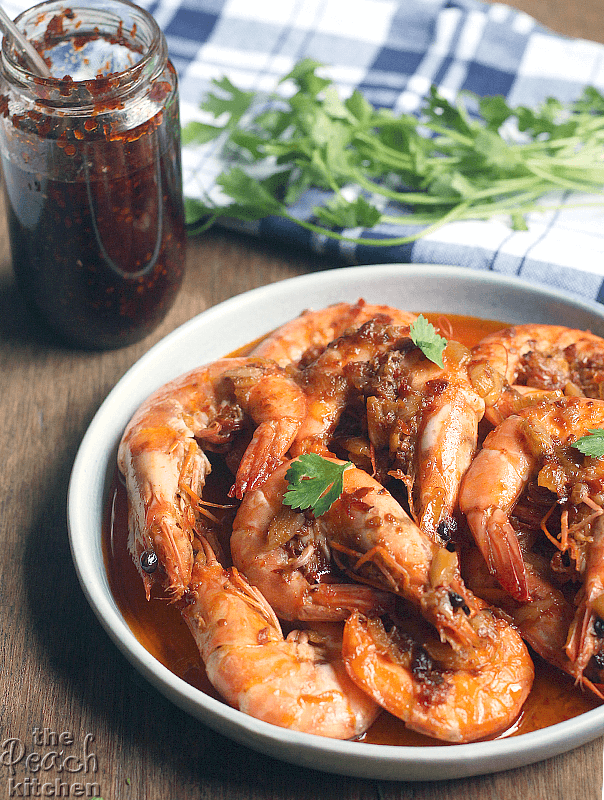
If there is one thing we all crave right now, it is a little bit of escapism. We dream of cobblestone streets, golden sunsets over rolling hills, and that incredible feeling of sitting at a rustic wooden table where the wine flows and the food never stops coming. But let’s be honest: packing up the whole family for a European vacation isn’t always on the calendar (or in the budget!).
But here is the good news: you don’t actually need a plane ticket to experience the magic of Italy. The true heart of Italian culture isn’t found in the monuments of Rome or the canals of Venice; it is found at the dinner table. It is about the “convivialità”—the joy of sharing a meal with the people you love.
Creating an authentic Italian night at home is about more than just boiling a pot of pasta. It is about slowing down, engaging the senses, and focusing on the quality of what you are eating. The secret to Italian cooking isn’t complexity; it’s simplicity using the absolute best ingredients you can find. Whether it’s a wheel of Parmigiano Reggiano, extra virgin olive oil, or a bottle of traditional balsamic vinegar of Modena, having the right pantry staples is the passport that transports your kitchen straight to the Mediterranean.
So, put on your apron, pour yourself a glass of Chianti, and let’s plan the ultimate Italian family dinner night that will have your kids asking for “seconds” in Italian!
Setting the Scene: Creating the “Trattoria” Vibe
Before we even talk about the food, we have to talk about the mood. The atmosphere is half the flavor! You want your home to feel warm, welcoming, and a little bit louder than usual—in the best way possible.
The Table
Forget the formal, stuffy dining rules. Italian family dinners are rustic and messy in a beautiful way.
- The Linens: Throw a red and white checkered tablecloth over your table. If you don’t have one, a simple white sheet or butcher paper works wonders (and the kids can draw on the paper!).
- Lighting: Turn off the overhead lights. They are the enemy of ambiance. Use plenty of unscented candles or string lights to create a warm, golden glow.
- Centerpiece: Keep it edible. A bowl of lemons, some fresh basil plants in pots, or scattered whole walnuts and dried pasta shapes make for fun, thematic decor.
The Playlist
You cannot cook Italian food in silence! Music is essential for setting the pace. Create a playlist that mixes the classics with some instrumental vibes. Think Dean Martin, Frank Sinatra, and Louis Prima for the fun, high-energy moments, and switch to some Italian café jazz or acoustic guitar when you sit down to eat. It keeps the energy high and the conversation flowing.
The Golden Rule: The Ingredient-First Philosophy
If you have ever wondered why the food in Italy tastes so much better, even when it’s just a tomato sandwich, the answer lies in the sourcing. Italian home cooks don’t try to mask poor quality ingredients with heavy spices or sauces. They let the ingredients sing.
When shopping for your Italian night, try to adopt this mindset.
- Freshness is Key: Buy vegetables that are in season. If tomatoes aren’t red and juicy, skip the Caprese and go for roasted peppers instead.
- The “Holy Trinity” of the Pantry: You need three things of high quality: Olive Oil, Cheese, and Vinegar. These are your finishing tools. A generic “balsamic glaze” is full of sugar and thickeners. In contrast, an authentic vinegar from Modena has a complexity, a balance of sweet and sour, and a density that can transform a simple piece of grilled chicken into a masterpiece.
- Fresh Herbs: Dry herbs have their place, but for the finishing touch, nothing beats a pot of fresh basil, parsley, or rosemary on the counter.
The Menu: A Four-Course Journey (That’s Totally Doable!)
An Italian meal is structured in courses. This might sound intimidating for a weeknight, but it actually makes things easier! It spaces out the eating, encourages conversation, and prevents everyone from wolfing down their food in five minutes.
1. Antipasto: The Art of the Grazing Board
This is the mom’s best friend because it requires zero cooking. The antipasto is all about assembly. It keeps the “hangry” kids (and husbands) happy while you finish up the main dish.
Build the Perfect Board:
- Cured Meats: Prosciutto di Parma, Salami, and Mortadella. Drape them loosely to create volume.
- Cheeses: A mix of textures is best. A hard aged Pecorino, a soft Mozzarella or Burrata, and perhaps a semi-soft Taleggio.
- Vegetables: Marinated artichokes, olives (Castelvetrano are the buttery green ones kids usually like), and roasted red peppers.
- The Bread: Focaccia or crusty Ciabatta is non-negotiable.
Pro Tip: Take a ball of Burrata, break it open so the creamy center spills out, and drizzle it with your high-quality balsamic vinegar. The contrast between the white, creamy cheese and the dark, glossy vinegar is visually stunning and tastes incredible.
2. Primo: The Pasta Course
In Italy, pasta is a course on its own, not a side dish. For a family dinner, you want a pasta shape that holds sauce well and is fun to eat.
Recommended Dish: Rigatoni alla Norma (Simplified) This is a classic Sicilian dish that is rich in veggies but feels indulgent.
- The Base: A simple tomato sauce made with garlic and good olive oil.
- The Star: Fried or roasted cubes of eggplant. If your kids are picky about eggplant, you can roast zucchini instead.
- The Finish: A mountain of grated Ricotta Salata (a salty, aged sheep cheese).
Serve the pasta in one massive bowl in the center of the table. “Family Style” serving encourages sharing and passing plates, which connects everyone at the table.
3. Secondo & Contorno: The Main and The Side
Since you have already had pasta, the main course (Secondo) doesn’t need to be heavy. It’s usually a simple protein served alongside a vegetable (Contorno).
The Main: Tagliata di Manzo (Sliced Steak Salad) This is one of the most elegant yet easiest Italian main courses.
- Cook: Grill a flank steak or sirloin or sear it in a cast-iron skillet until medium-rare.
- Rest & Slice: Let it rest for 10 minutes, then slice it against the grain into thin strips.
- Serve: Lay the steak strips over a bed of fresh, peppery arugula.
The Magic Touch: This dish relies entirely on the finishing drizzle. Once the steak is plated on the arugula, shave large flakes of Parmesan cheese over the top. Then, take your bottle of authentic balsamic vinegar and drizzle it generously over the meat and the greens. The acidity cuts through the richness of the beef, and the sweetness balances the bitter arugula. It’s a flavor explosion that takes five minutes to prepare.
4. Dolce: The Sweet Ending
By this point, everyone will be full, so you don’t need a heavy cake. Italians usually end a meal with fruit or something light.
Option A: Gelato Affogato For the adults, brew a strong espresso. Place a scoop of vanilla gelato in a cup and pour the hot coffee over it. It’s hot, cold, bitter, and sweet all at once.
Option B: Strawberries with a Twist For the kids (and adventurous adults), try macerated strawberries. Slice fresh strawberries and—trust me on this—add a few drops of aged balsamic vinegar. It sounds strange if you are used to the cheap vinegar that tastes like acid, but a true, aged product acts like a syrup. It draws out the juices of the strawberries and highlights their natural sugar. It is a sophisticated, healthy dessert that feels very fancy.
The “Slow Food” Family Rules
To make this night truly feel like a getaway, you need to enforce a few “Italian Rules” for the table.
1. “Il Dolce Far Niente” (The Sweetness of Doing Nothing)
In America, we rush. We eat to fuel up. In Italy, the meal is the event. Don’t rush to clear the plates between courses. Sit. Talk. Let the kids tell you a long, winding story about their day. Enjoy the pauses.
2. No Tech at the Table
This is a non-negotiable. Phones, tablets, and TVs go off. If the kids get restless, use the paper tablecloths mentioned earlier! Give them crayons and let them draw their dream vacation or design a new type of pasta shape.
3. Involve the Kids in the Kitchen
Italian grandmothers (Nonnas) always have little helpers. Even toddlers can help tear basil leaves or stir the salad dressing. Older kids can be in charge of “plating” the antipasto board. When children help make the meal, they are 100% more likely to eat it. It gives them a sense of ownership and pride in the “Family Night.”
Bringing it All Together
Hosting an Italian dinner night isn’t about perfection. If the pasta is a little overcooked or the bread gets a bit too toasty, it doesn’t matter. The goal is to capture the spirit of Italy: generous hospitality, laughter, and the appreciation of good food.
By investing in just a few key ingredients—like that good olive oil and the special bottle of vinegar—and setting the mood with intention, you turn a regular Tuesday or Friday night into a memory. You are teaching your children that food is something to be celebrated, not just consumed.
So, this week, skip the takeout pizza. invite the family into the kitchen, turn up the Dean Martin, and enjoy the “La Dolce Vita” lifestyle right from the comfort of your own dining room. Buon appetito!


